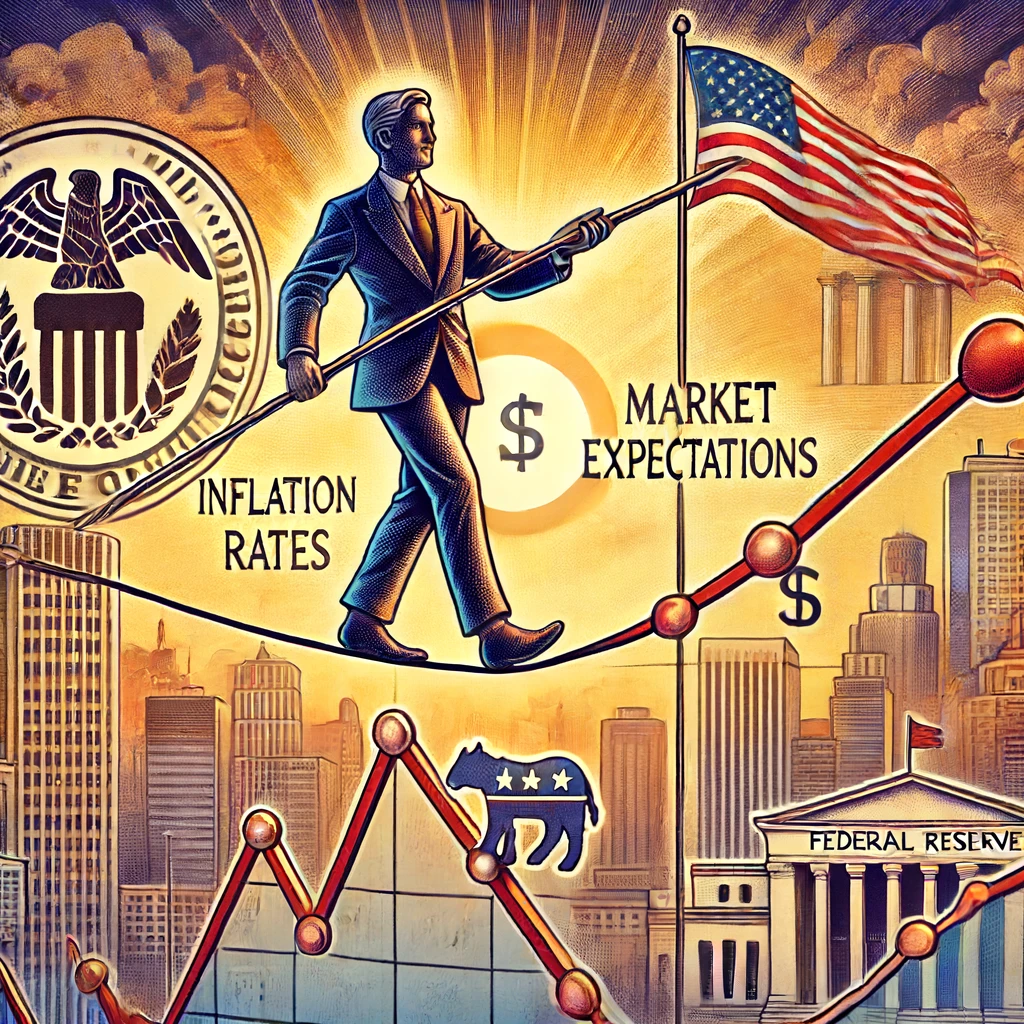The recent easing of inflation, as reflected in the May consumer price index (CPI) report, has sparked optimism among investors. The stock market rallied, and bond yields fell in anticipation of the Federal Reserve lowering interest rates. However, this exuberance may be premature. A closer examination of the data reveals a more complex picture, one that suggests the fight against inflation is far from over.
While the annualized inflation rate in April was lower than in the first quarter of 2024, it still exceeded the Fed’s 2% target. Furthermore, monthly price changes have been volatile, and core inflation, which excludes food and energy, remains elevated.
The Perils of Premature Easing
Historical experience demonstrates the risks of easing monetary policy too soon. If the Fed lowers interest rates before inflation is firmly under control, it could reignite inflationary pressures, forcing the central bank to reverse course and raise rates again. This would not only undermine the Fed’s credibility but also create economic instability.
Several factors contribute to the persistence of inflation. Housing costs, which account for a significant portion of the CPI, are rising due to limited supply and increasing demand. While rental increases may be slowing, the imputed rent on owner-occupied homes continues to climb, driven by rising home prices.
The service sector, another major component of the CPI, is experiencing price pressures due to its labor-intensive nature. Despite some cooling in the labor market, the economy continues to add jobs at a robust pace, putting upward pressure on wages and, consequently, prices.
The Need for Continued Vigilance
Some argue that the Fed’s monetary policy has not been sufficiently tight. Compared to previous episodes of high inflation, the current federal funds rate remains relatively low. This raises concerns that the Fed may need to raise rates further to effectively combat inflation.
Furthermore, fiscal policies are exacerbating inflationary pressures. Large budget deficits and government spending programs are stimulating aggregate demand, contributing to rising prices. Supply-side constraints, such as immigration policies and climate change regulations, are also driving up costs.
The Way Forward
In this challenging environment, the Fed must remain vigilant and data-dependent. Premature easing of monetary policy could have dire consequences. Instead of focusing on rate cuts, the central bank should consider whether further tightening may be necessary.
Investors should also temper their expectations. The recent market rally may be based on misplaced optimism. The fight against inflation is far from over, and the path ahead is likely to be bumpy. Only by maintaining a cautious approach and carefully assessing the evolving economic landscape can we hope to achieve a sustainable return to price stability.


